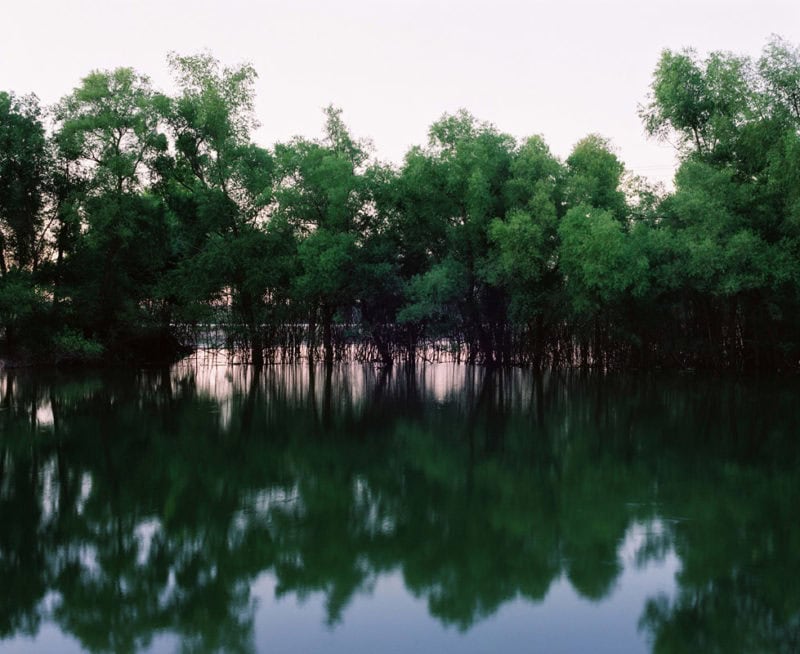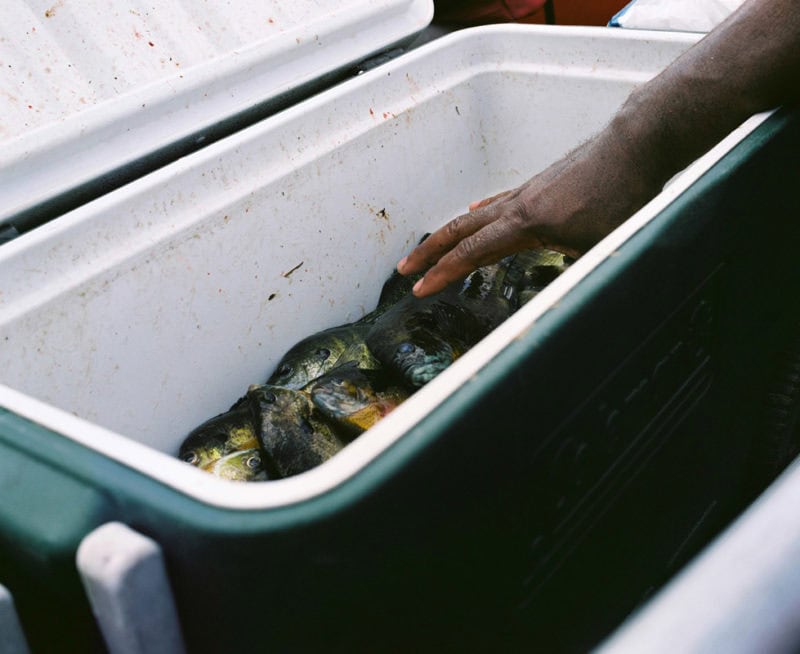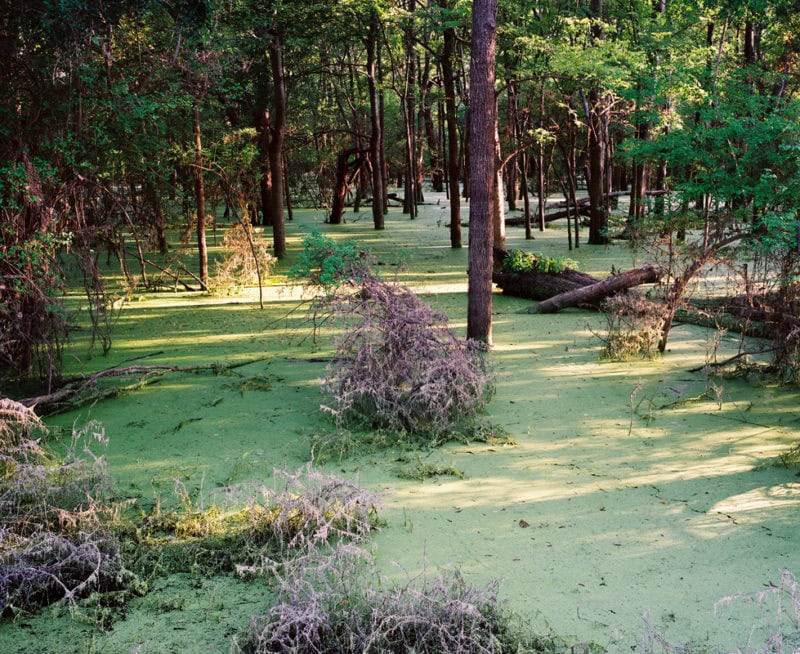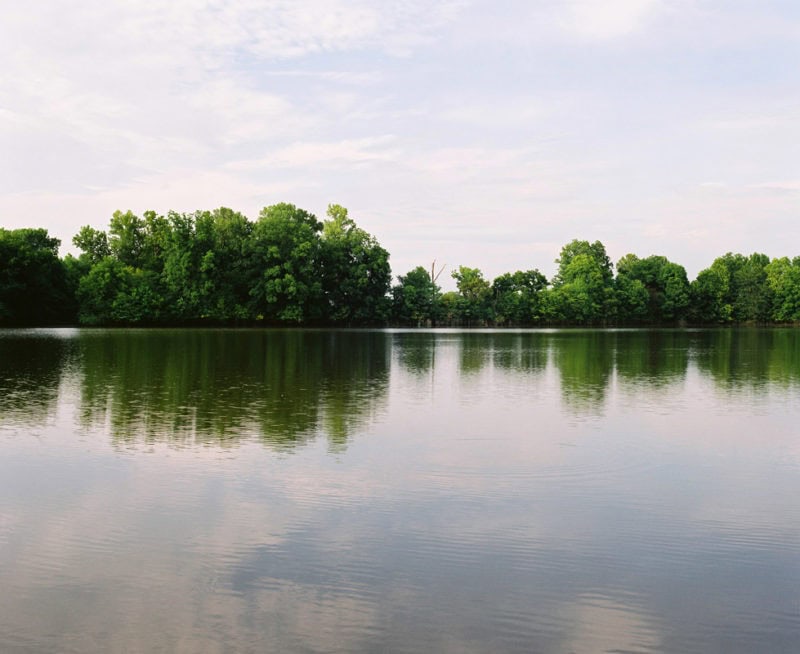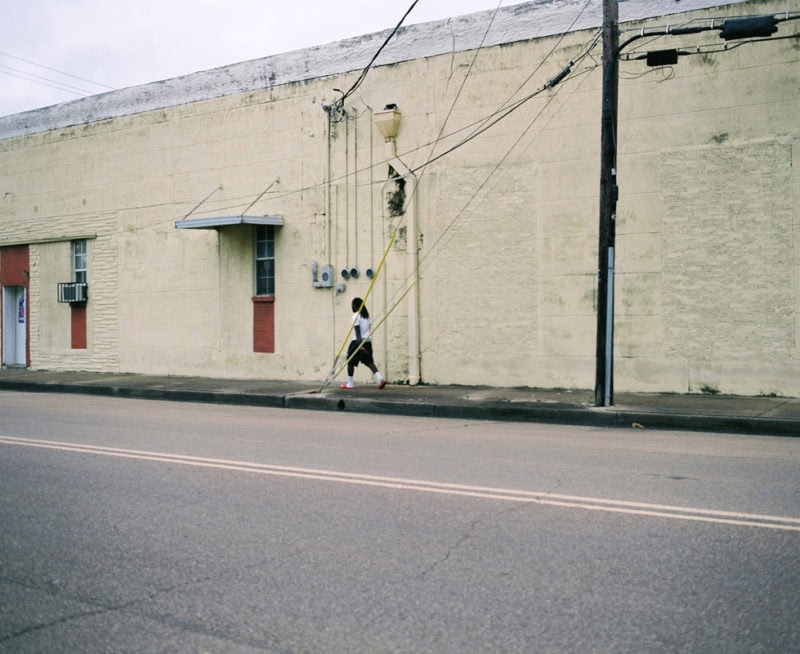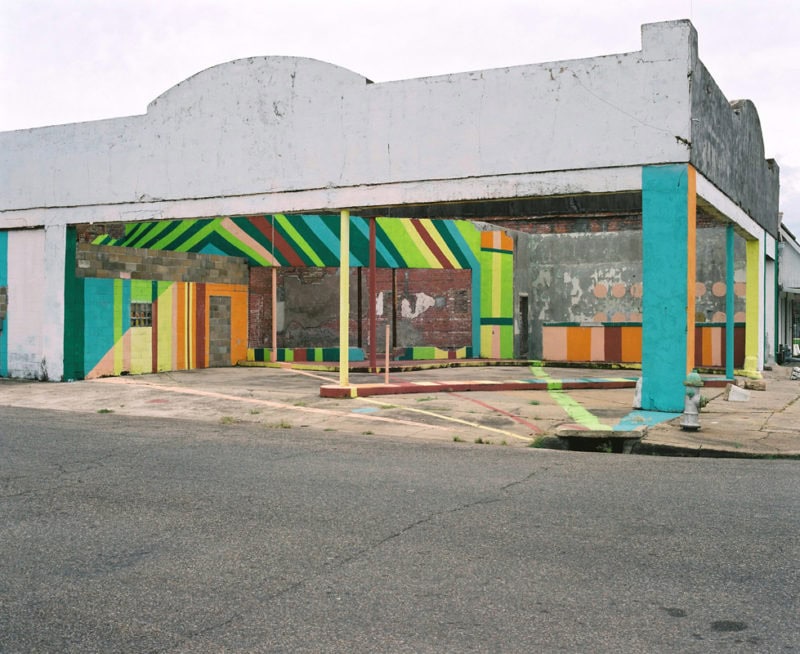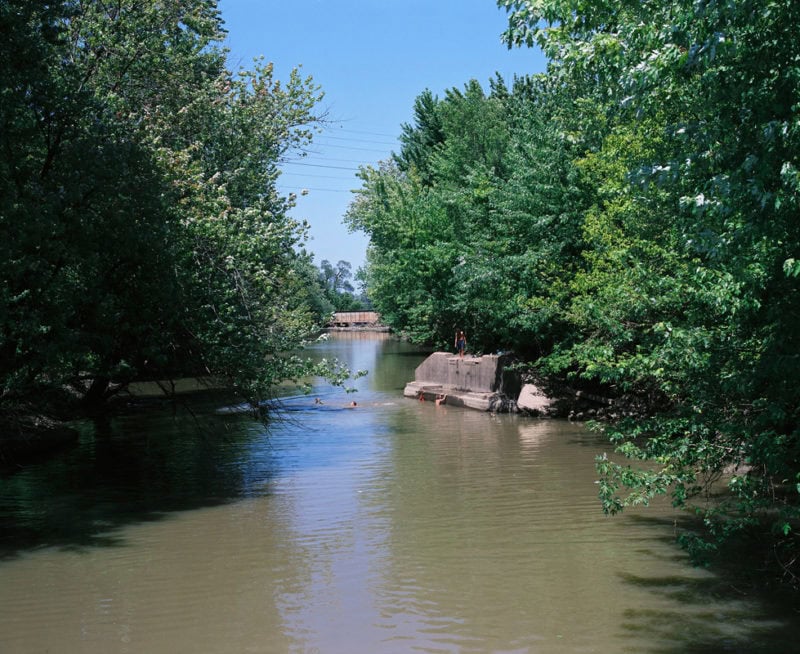This is an unpublished project premiered today on C41 Magazine.
Mélanie Desriaux observes Man and the vernacular; otherness. Especially, the wild as a conquest of the real. Her work bears reference to that particular history which links photography with exploration. She suggests that, in an age where everything has been charted and every frontier has been already crossed, the only discovery left is inside the image itself. In fact, going towards the unknown and crossing borders in order to find a visible limit increasing the points a view are her goals. Her approach is contemplative, she digs and observes intensively in order to find images capable to mirror what she feels inside. She believes that taking the road looking for the wild also means changing landmarks and habits re-evaluating perceptions and facing one’s fear to reveal the outlines of what limits us. When the expedition raises metaphysical stakes, bringing political and environmental reflections about, the journey takes on an unexpected thickness.
About ‘The passengers of the Mississippi’ – words by Mélanie Desriaux:
«Most of the adventures recorded in this book really occurred; one or two were experiences of my own, the rest those of boys who were schoolmates of mine. Huck Finn is drawn from life; Tom Sawyer also, but not from an individual — he is a combination of the characteristics of three boys whom I knew, and therefore belongs to the composite order of architecture. The odd superstitions touched upon were all prevalent among children and slaves in the West at the period of this story — that is to say, thirty or forty years ago. Although my book is intended mainly for the entertainment of boys and girls, I hope it will not be shunned by men and women on that account. Part of my plan has been to try to pleasantly remind adults of what they once were themselves, and of how they felt and thought and talked, and what queer enterprises they sometimes engaged in.» – Mark Twain, The Adventures of Tom Sawyer.
The Frontier is a limit zone. Also, it’s one of the historical myths of the United States. In the 15th century, the word Frontier was borrowed from French by English, to mean the region of a country that faces another country. In the North America, « Frontier » means a region of the territory of a civilized border. It’s a pioneer front. This limit zone has held a strong role in the American imaginary and for its identity. Since the New Topographics exhibition, Robert Adams notified The New West as the landscape along the Colorado Front Range, having the necessity for an iconographic renewal of the Frontier. This limit zone was less a geographical division between East and West, that the meeting point between savagery and civilization. The photography’s purpose was now to reconcile us with wild nature.
The passengers of the Mississippi follows my photographic research. Indeed, Mississippi would be the pursuit of The Conquest, realized three years ago. I went along the Mississippi River from St. Louis to New Orleans. The sinuosity and the overflows of the Mississippi River reveal the illusion of a border and symbolize migration. The Adventures of Tom Sawyer by Mark Twain is a symbol of this America imprint of freedom but also of conservatism. That allowed me to made my itinerary, and to document the persistence of the border and the territory issues. Between fiction and autobiography, The Adventures of Tom Sawyer reveals the identity quest of a young hero, grown-up through the Mark Twain writing, operating a shift from fiction to reality.
For me, to see is to be able to imagine. So, I’ll try to make links, to create analogies and to elaborate a storytelling between many temporalities. Each project is for me as a ritual initiation to other worlds and otherness.






